Here are my photos along with scripture from my visit to the Chicago Oriental Institute which had PLENTY of evidence of things not seen written of in the scripture of truth by my Father, the invisible God.
“for the things which are seen are temporal; but the things which are not seen are eternal.”
Let’s begin with a timeline of the collection and map of the Middle East in the orient.

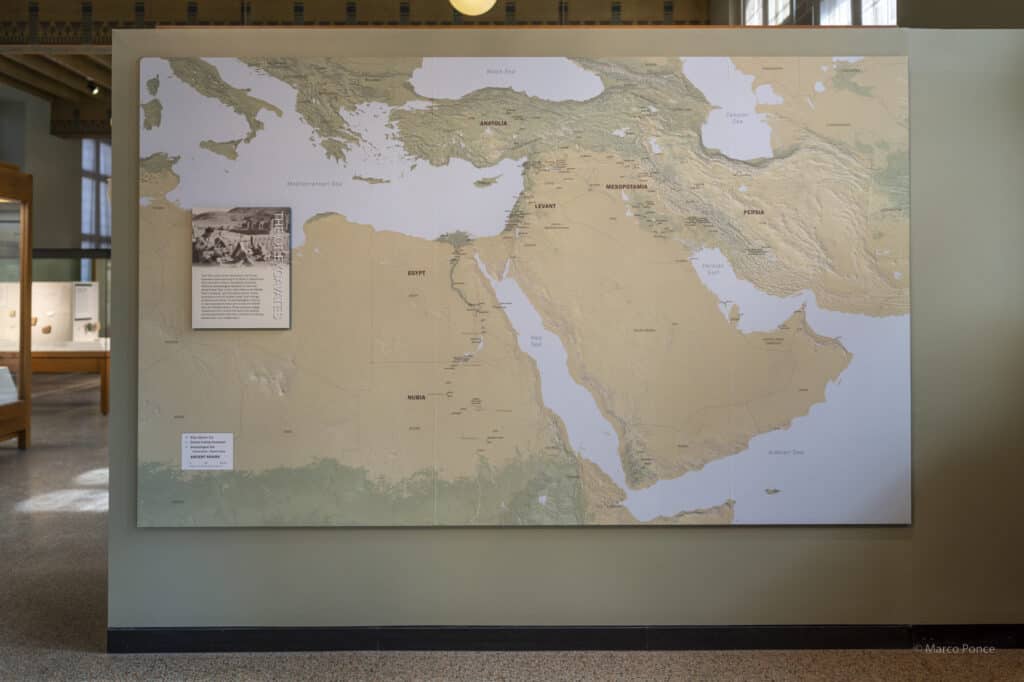
Chicago OI Entrance
What I liked is how it touched on many people and lands from the holy scriptures. Assyria, Babylon, Egypt, Israel, and Persia. They even showcase the Hittites. And all for free!

Mesopotamia
Here are some of the items from Mesopotamia
“And he said, Men, brethren, and fathers, hearken; The God of glory appeared unto our father Abraham, when he was in Mesopotamia…”
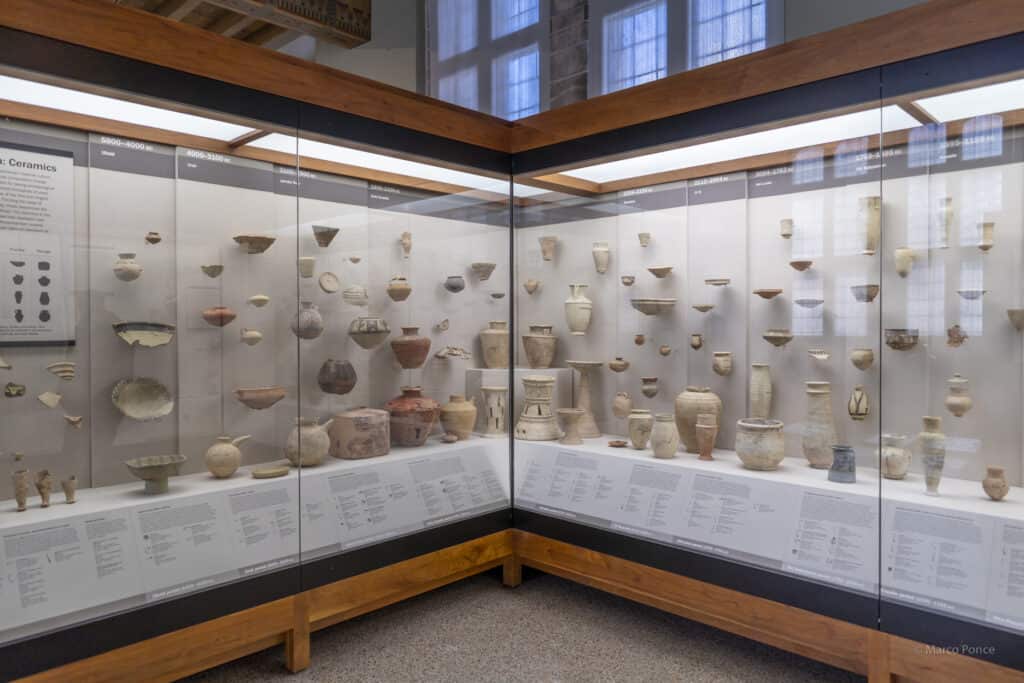


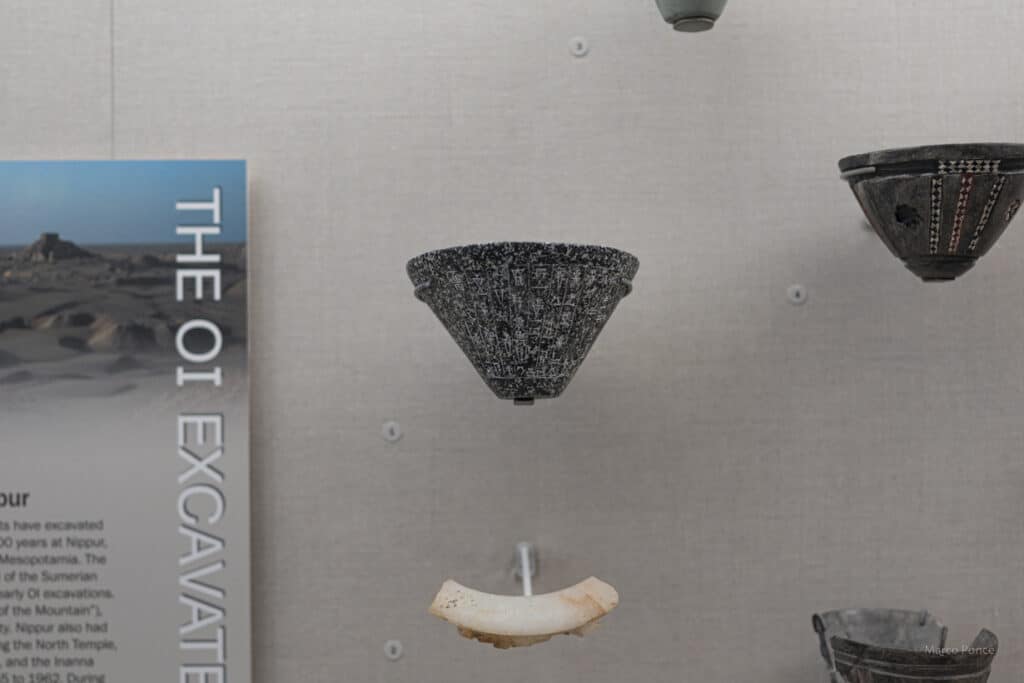




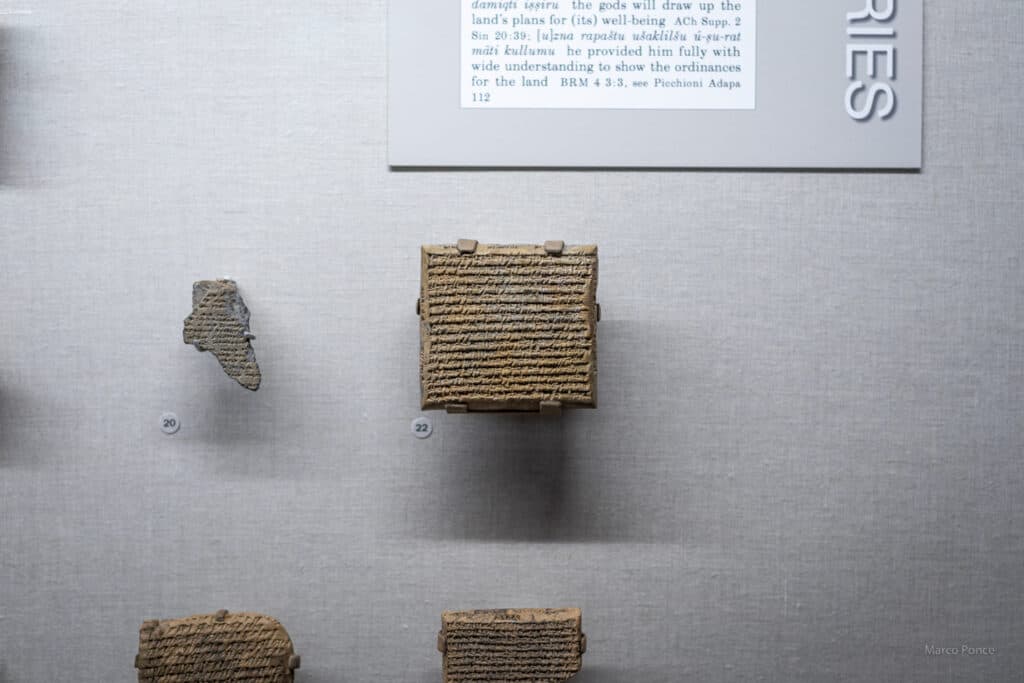



Babylon
Here are items from Babylon, namely a brick with the name of a writer of scripture, the Gentile king, Nebuchadnezzar.
“Nebuchadnezzar the king, unto all people, nations, and languages, that dwell in all the earth; Peace be multiplied unto you.”
He was a real person who really destroyed Jerusalem which we have witness of by men and of God.
“If we receive the witness of men, the witness of God is greater:”

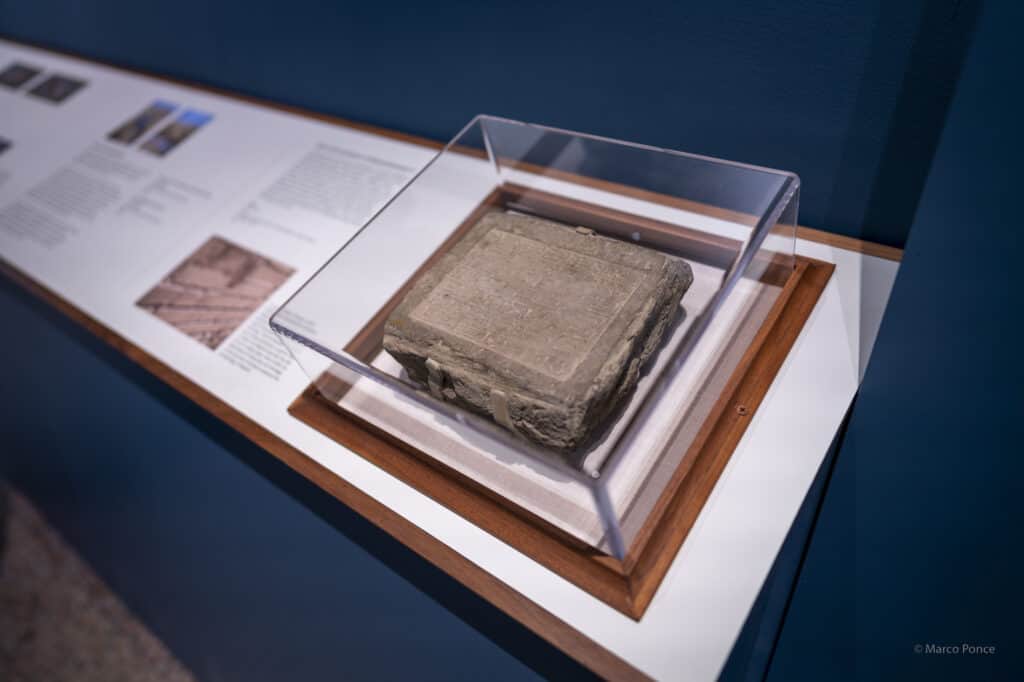

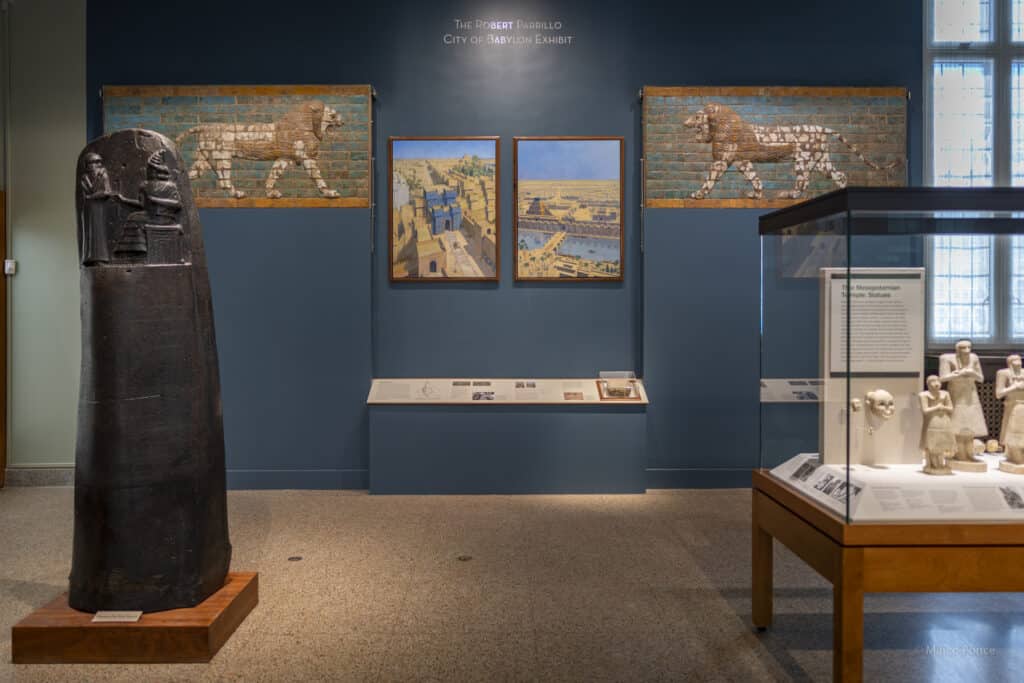
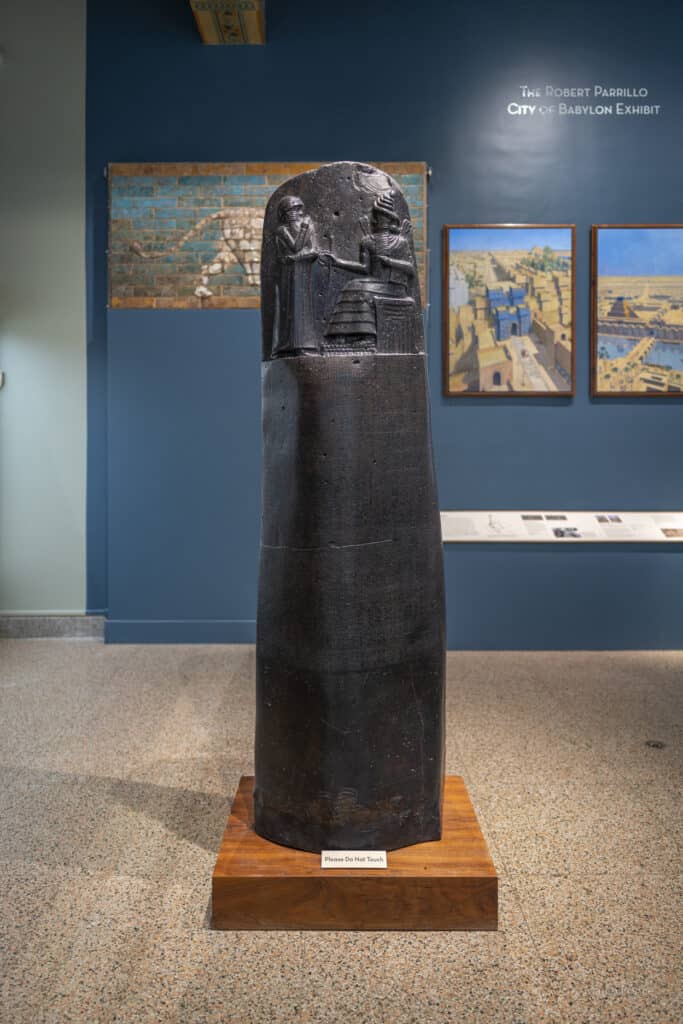
These are real bricks from the gates of Babylon that the prophets Daniel and Ezekiel would’ve seen while “By the rivers of Babylon…”

Daniel received of God by the angel Gabriel all the world kingdoms that would come hereafter while in Babylon. Babylon being the first world kingdom from the time the prophet Daniel wrote.

Assyria
Now moving unto the Assyrian collection.



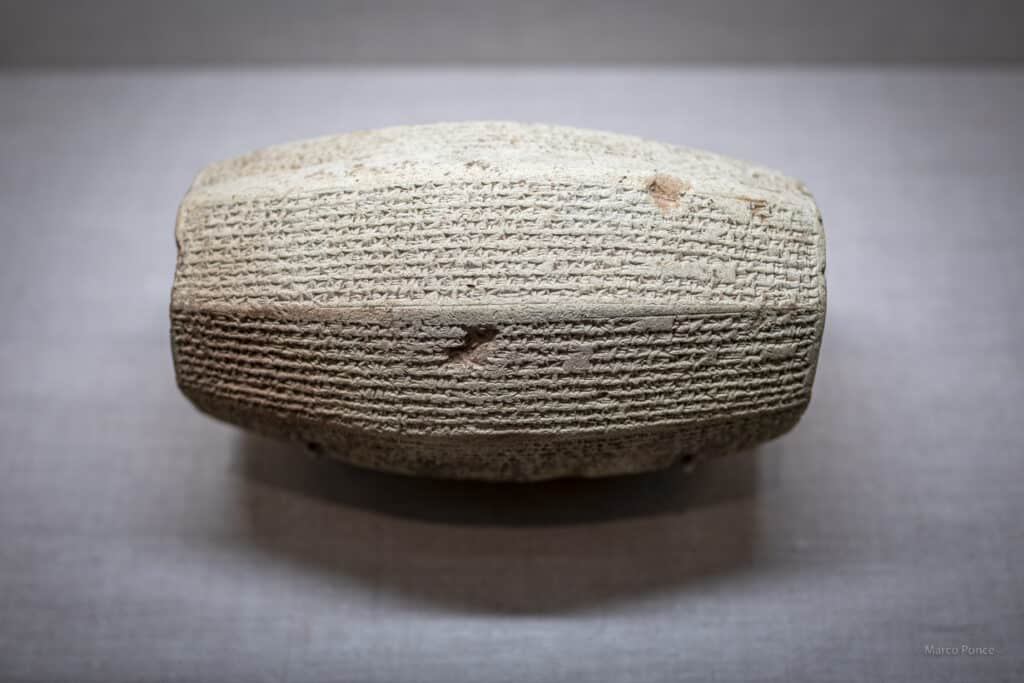

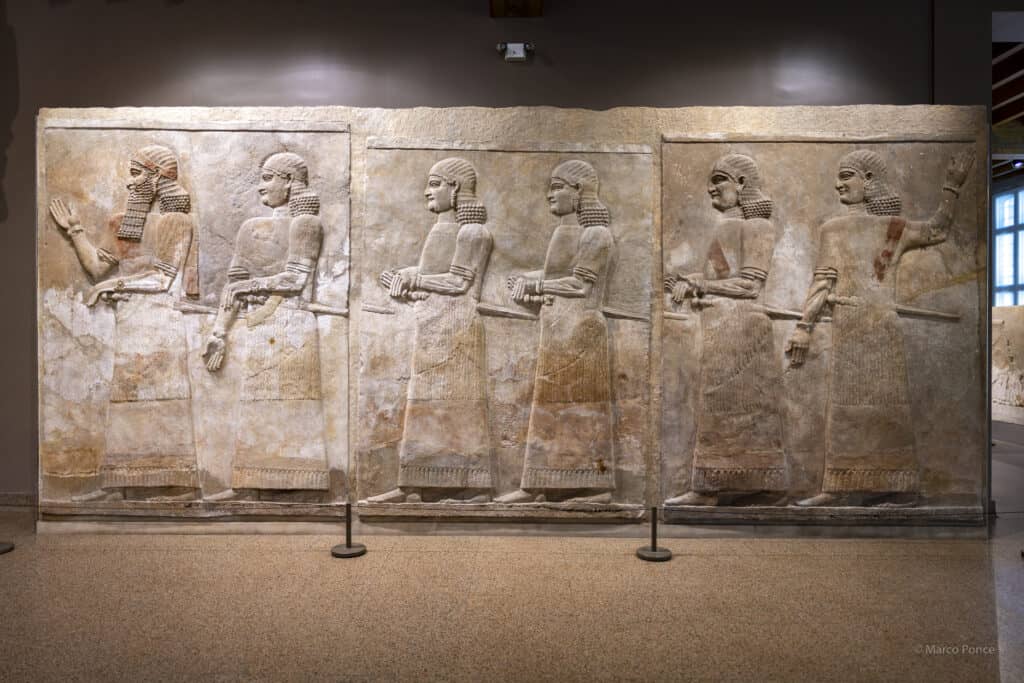


You can’t miss this image made by the Assyrian king, Sargon.
“In the year that Tartan came unto Ashdod, (when Sargon the king of Assyria sent him,) and fought against Ashdod, and took it;”

Another REAL king from the holy scriptures.

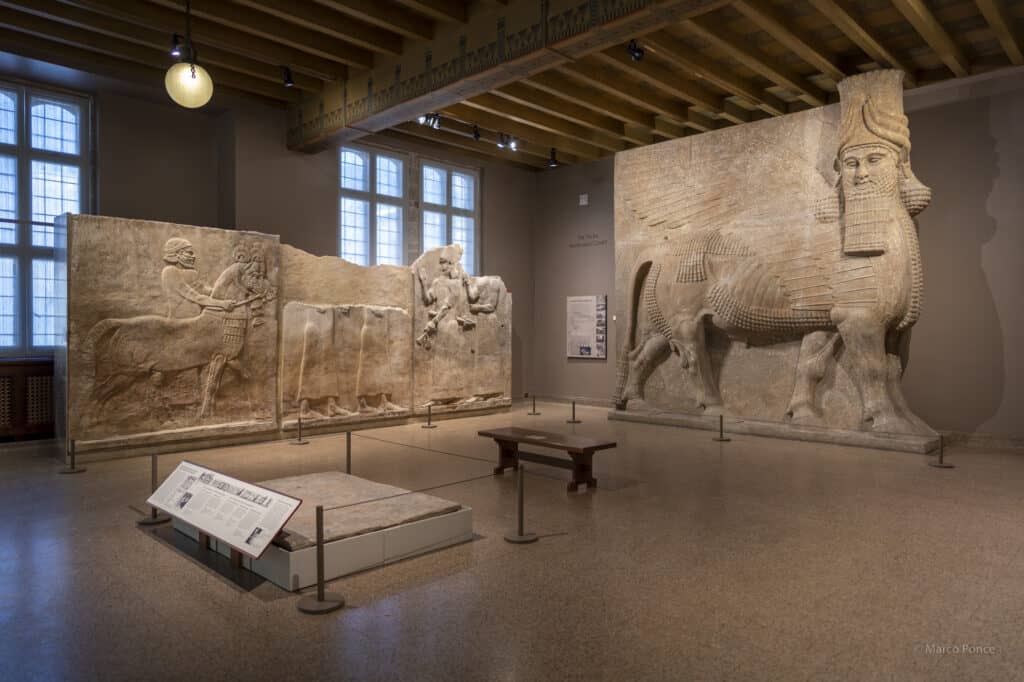

Here is the Assyrian king Sennacherib written of in the books of 2 Kings, 2 Chronicles and Isaiah.


“Now in the fourteenth year of king Hezekiah did Sennacherib king of Assyria come up against all the fenced cities of Judah, and took them.”
The highlight piece is the Sennacherib prism which is the account the king of Assyria gives on his conquest of Jerusalem and it even mentions Hezekiah by name, just doesn’t mention anything about the angel of the Lord helping out Hezekiah after he prayed.



2 Kings 19:32-37 KJV – Therefore thus saith the LORD concerning the king of Assyria, He shall not come into this city, nor shoot an arrow there, nor come before it with shield, nor cast a bank against it. By the way that he came, by the same shall he return, and shall not come into this city, saith the LORD. For I will defend this city, to save it, for mine own sake, and for my servant David’s sake. And it came to pass that night, that the angel of the LORD went out, and smote in the camp of the Assyrians an hundred fourscore and five thousand: and when they arose early in the morning, behold, they were all dead corpses. So Sennacherib king of Assyria departed, and went and returned, and dwelt at Nineveh. And it came to pass, as he was worshipping in the house of Nisroch his god, that Adrammelech and Sharezer his sons smote him with the sword: and they escaped into the land of Armenia. And Esarhaddon his son reigned in his stead.
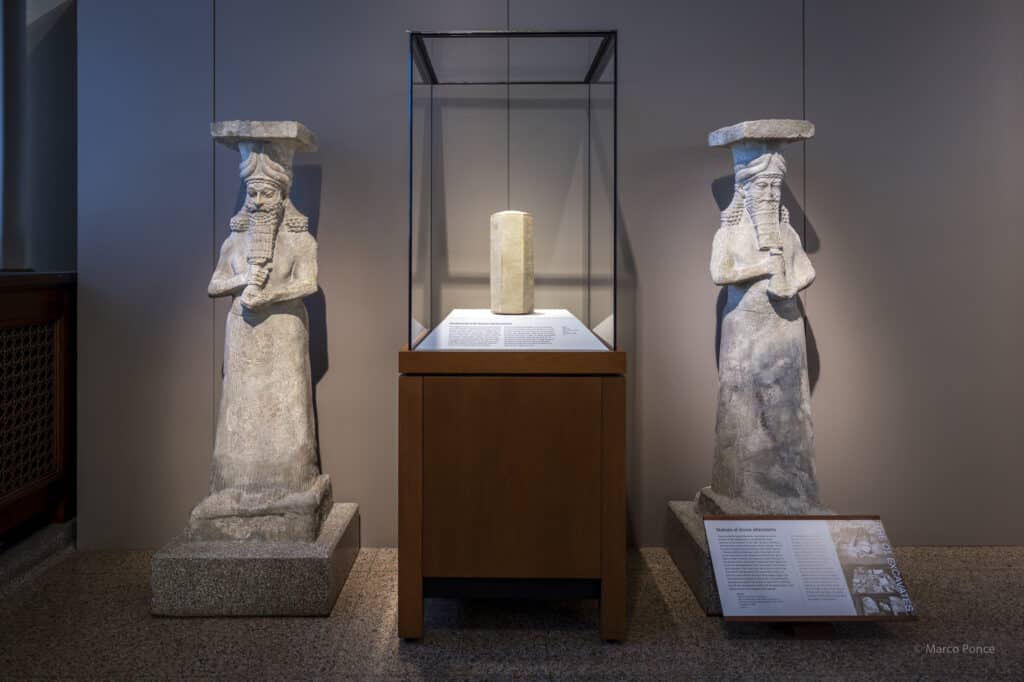
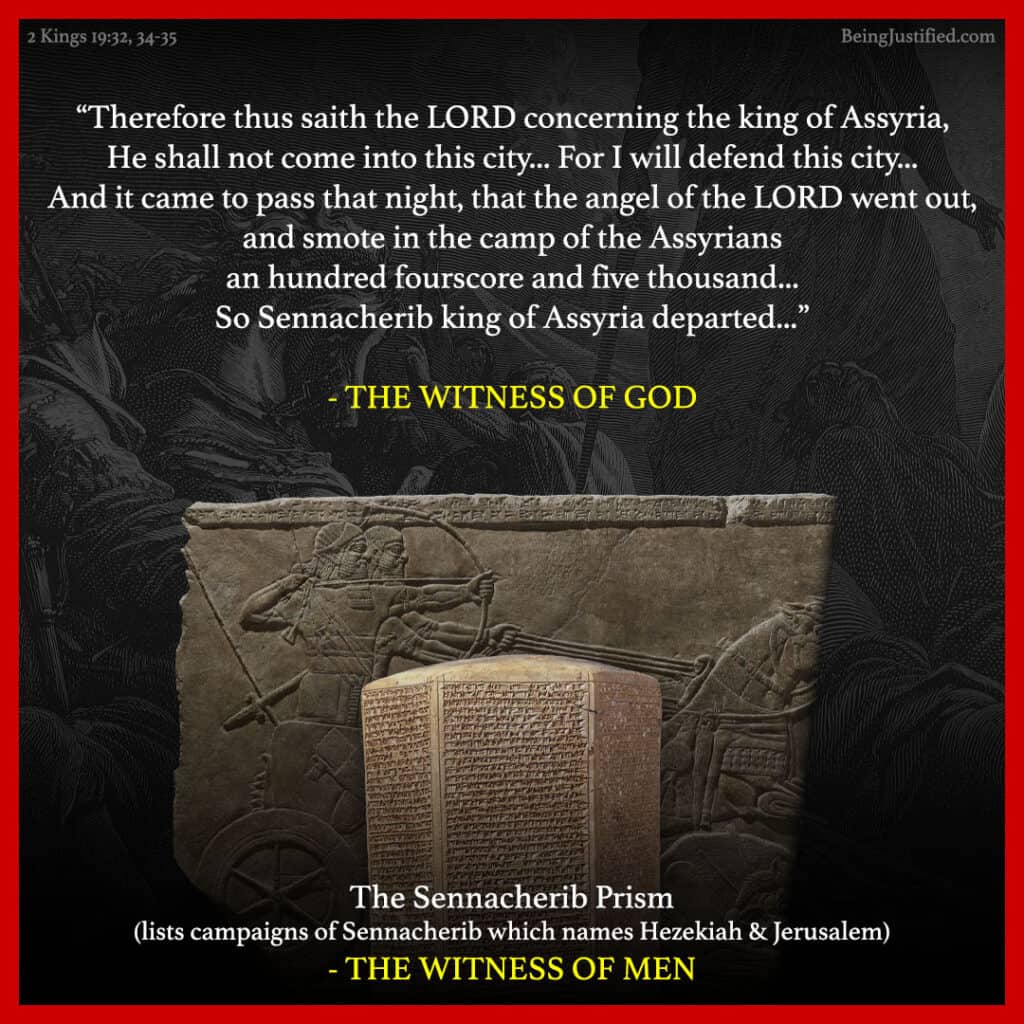
There was also a replica of the black obelisk of Shalmaneser which contains a record of the tribute he received from King Jehu, and contains an image of his likeness. A Jewish king bowing before a Gentile king of Assyria.
2 Kings 18:9-12 KJV – And it came to pass in the fourth year of king Hezekiah, which was the seventh year of Hoshea son of Elah king of Israel, that Shalmaneser king of Assyria came up against Samaria, and besieged it. And at the end of three years they took it: even in the sixth year of Hezekiah, that is the ninth year of Hoshea king of Israel, Samaria was taken. And the king of Assyria did carry away Israel unto Assyria, and put them in Halah and in Habor by the river of Gozan, and in the cities of the Medes: Because they obeyed not the voice of the LORD their God, but transgressed his covenant, and all that Moses the servant of the LORD commanded, and would not hear them, nor do them.
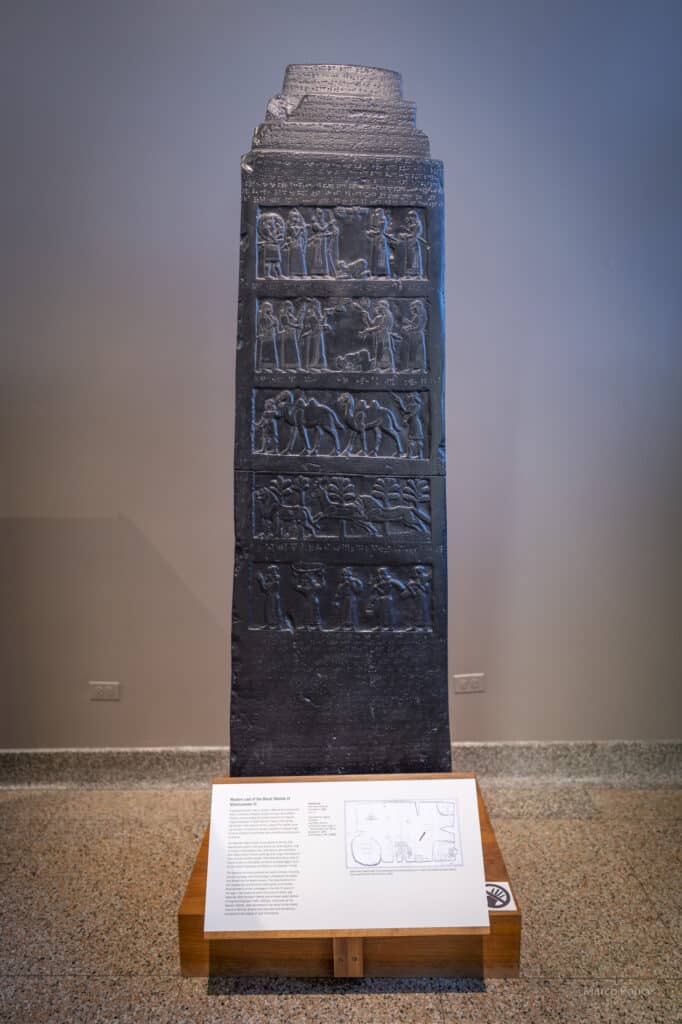

The Hittites
As you proceed through the building you see an area dedicated to the ancient people called the Hittites.
Genesis 15:18-21 KJV – In the same day the LORD made a covenant with Abram, saying, Unto thy seed have I given this land, from the river of Egypt unto the great river, the river Euphrates: The Kenites, and the Kenizzites, and the Kadmonites, And the Hittites, and the Perizzites, and the Rephaims, And the Amorites, and the Canaanites, and the Girgashites, and the Jebusites.



Israel
Now unto the collection pieces from the holy land, Israel.



This is what the top of a column from the palace of king David might have looked like.
“And David came to his house at Jerusalem;”

Here are idols of Baal which the Israelites worshiped.
“And they left all the commandments of the LORD their God, and made them molten images, even two calves, and made a grove, and worshipped all the host of heaven, and served Baal.”


There is also a replica of the Mesha Stele.
The Mesha Stele, also known as the Moabite Stone, is a stele dated around 840 BC containing a significant Canaanite inscription in the name of King Mesha of Moab (a kingdom located in modern Jordan). Mesha tells how Chemosh, the god of Moab, had been angry with his people and had allowed them to be subjugated to the Kingdom of Israel, but at length, Chemosh returned and assisted Mesha to throw off the yoke of Israel and restore the lands of Moab. Mesha also describes his many building projects. It is written in a variant of the Phoenician alphabet, closely related to the Paleo-Hebrew script.
The stele, whose story parallels with the witness of men, with some differences, an episode in 2 Kings 3:4–28.
2 Kings 3:4-5 KJV – And Mesha king of Moab was a sheepmaster, and rendered unto the king of Israel an hundred thousand lambs, and an hundred thousand rams, with the wool. But it came to pass, when Ahab was dead, that the king of Moab rebelled against the king of Israel.

Egypt
Now unto Egypt as we make our way through the building.
Genesis 37:28 KJV – Then there passed by Midianites merchantmen; and they drew and lifted up Joseph out of the pit, and sold Joseph to the Ishmeelites for twenty pieces of silver: and they brought Joseph into Egypt.




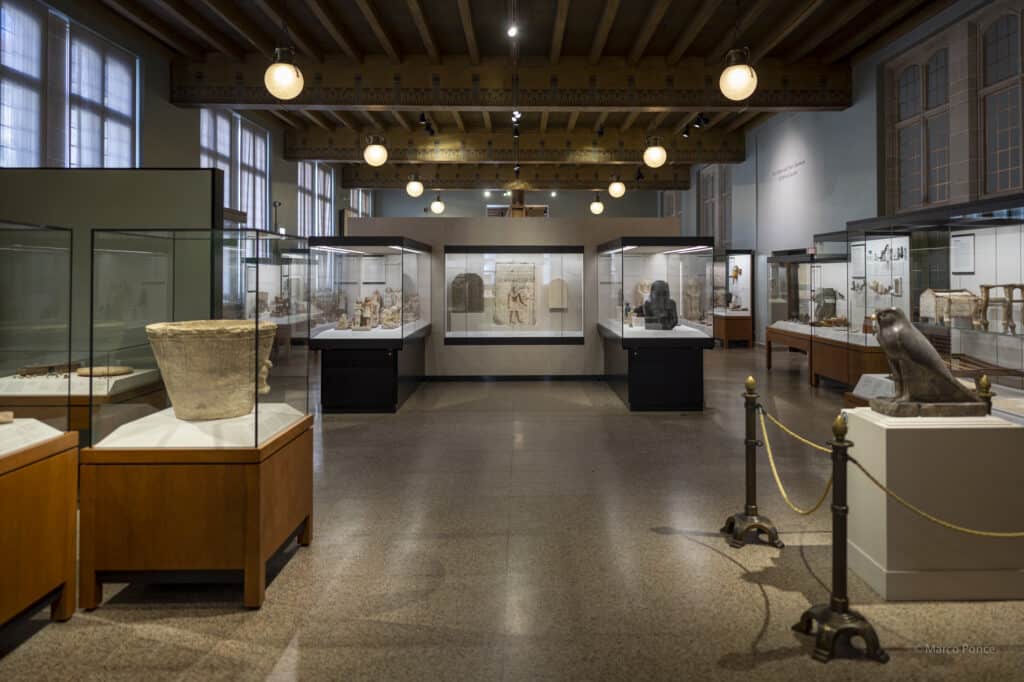
Persia
Now unto the final section dedicated to the 2nd global kingdom from the book of Daniel, Persia.

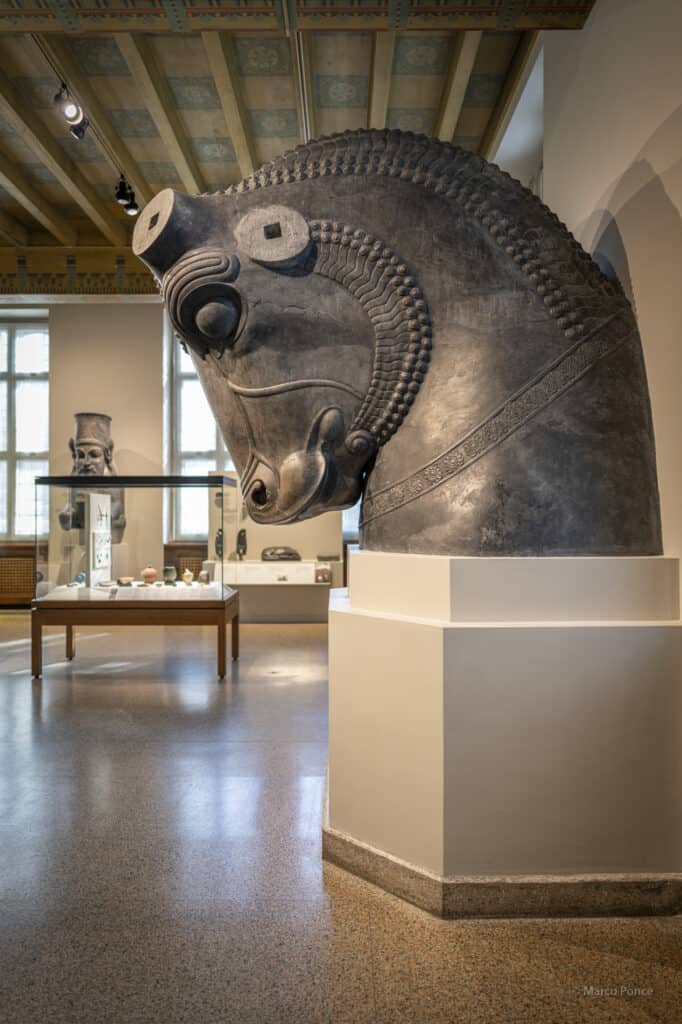
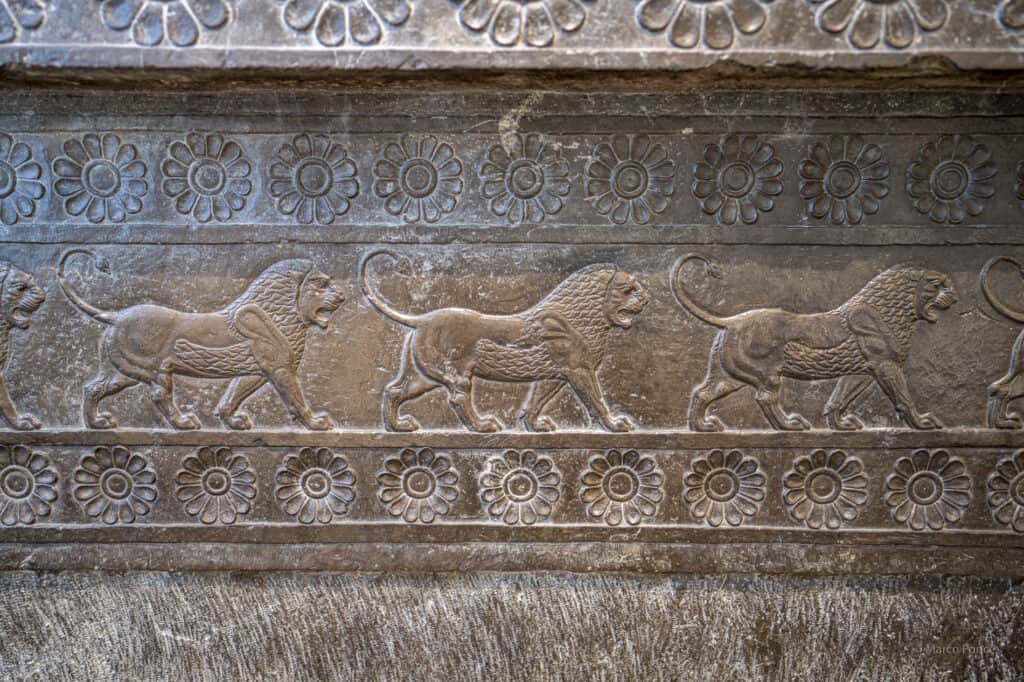
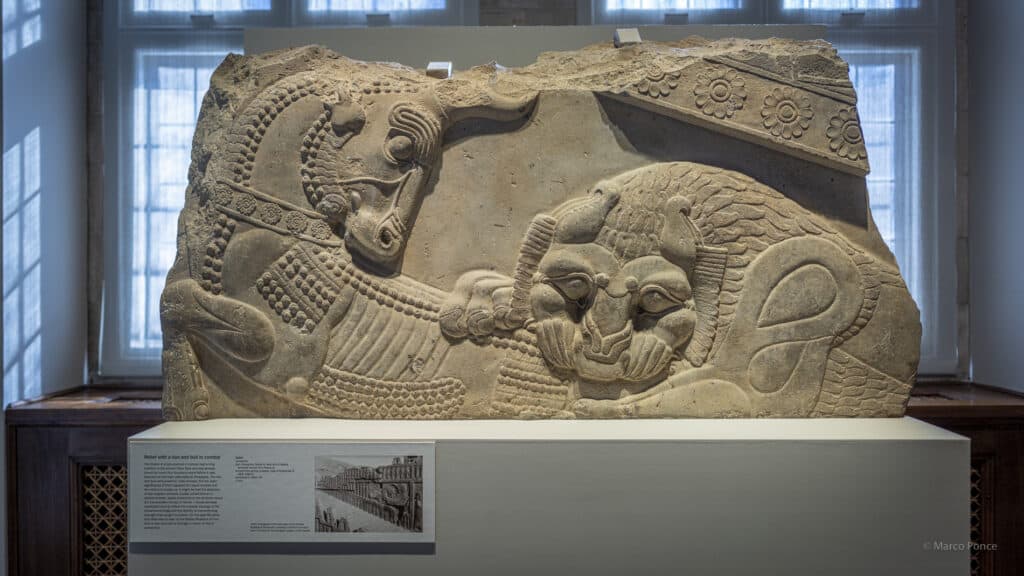

Here is an image made unto king Ahasuerus (Xerxes I) of Persia, the husband of Queen Esther.
Esther 2:17 KJV – And the king loved Esther above all the women, and she obtained grace and favour in his sight more than all the virgins; so that he set the royal crown upon her head, and made her queen instead of Vashti.


And as I proceeded out of the building I did see paintings of images from Persepolis of Persia.
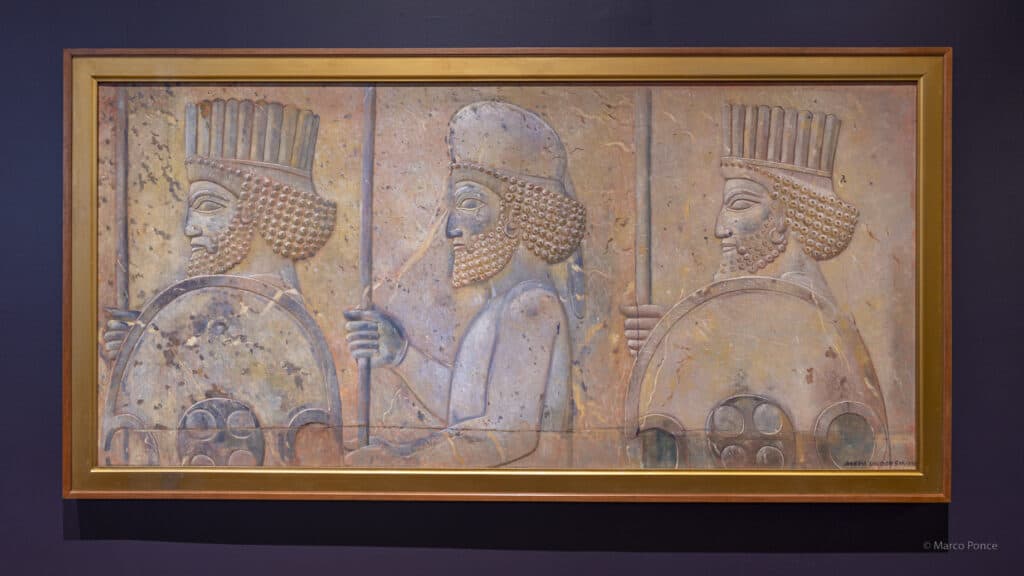
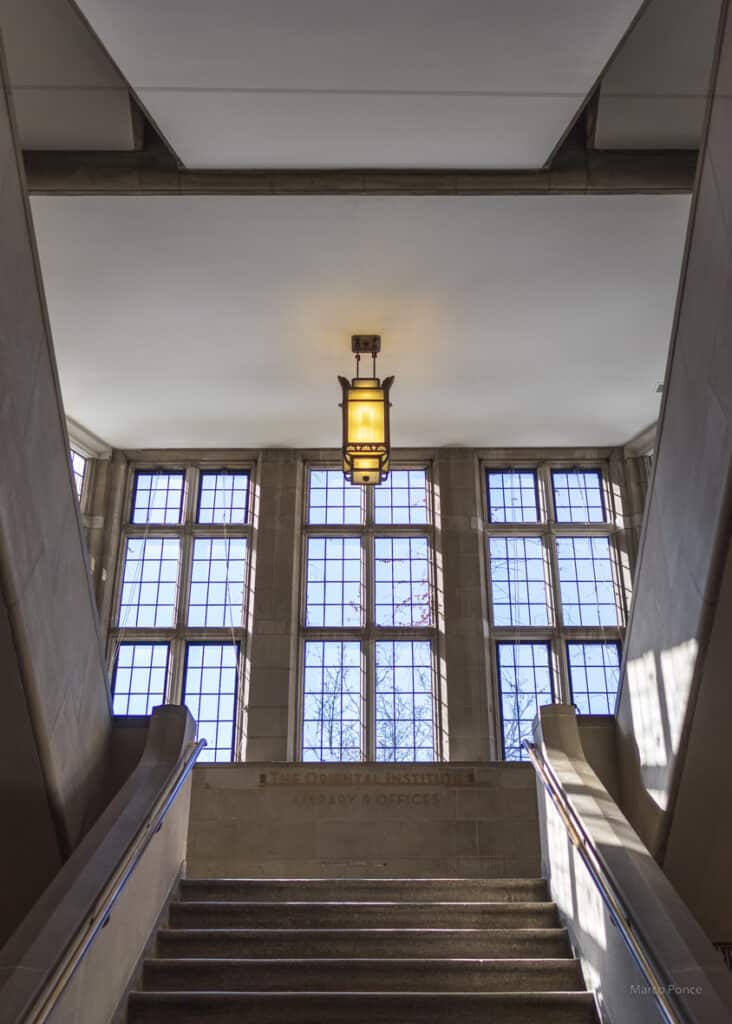

This place is highly recommended and one of the most biblical museums you can find in the USA. Showcasing real people and places that the scripture of truth bares witness to.
“And he said unto me, These sayings are faithful and true:”
Plenty of evidence for things not seen from the invisible God in the book of the LORD.
“Now faith is the substance of things hoped for, the evidence of things not seen.”
For more information on this location visit: https://oi.uchicago.edu/

